Packing for a Middle Eastern holiday leaves many guests scratching their heads. Do some women have to cover their hair everywhere? When are shorts okay? Can one wear swimsuits to the beach? The answers are not easy because of the geographical diversity of nations, each with its own unique cultural and, in some instances, legal guidelines for dress. More tourists than not arrive with either old dogma from sensationalized reporting or simply haven’t taken the time to read up on expectations before packing.
Here is a helpful guide to Middle Eastern dress codes that lots of tourists muck up or completely overlook.
Regional Variation Matters Enormously
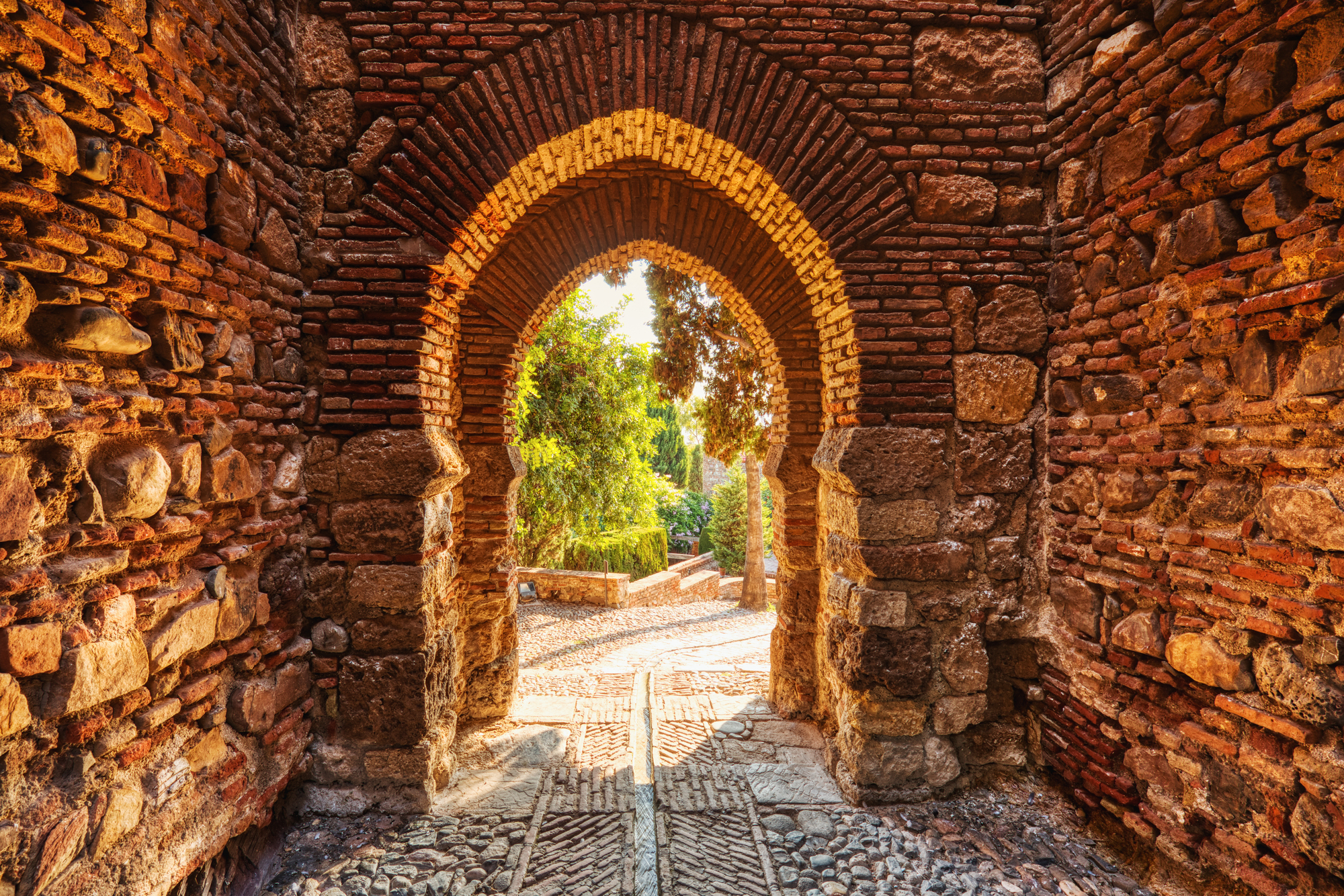
There’s no single ‘Middle Eastern dress code.’ What works perfectly in cosmopolitan Beirut might create genuine problems in conservative parts of Saudi Arabia. Jordan’s relaxed tourist areas bear little resemblance to rural Iranian villages – despite all being labeled as ‘Middle East’ on maps.
This massive regional variation – perhaps more dramatic than anywhere else in the world – trips up countless visitors who wrongly assume uniform standards across thousands of miles and dozens of distinct cultures.
Religious Sites Have Stricter Requirements
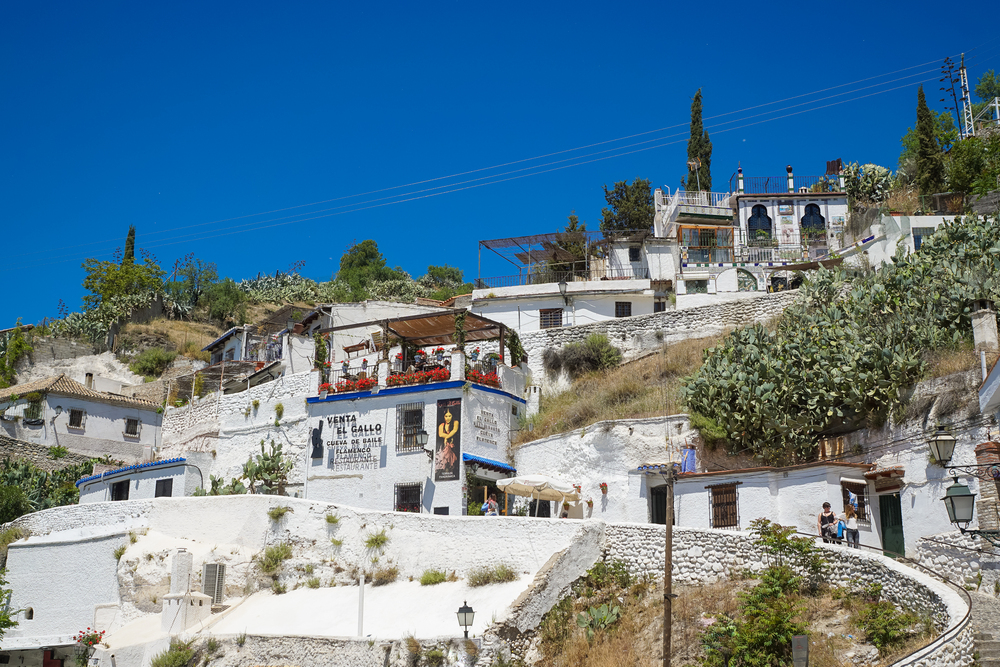
Mosques maintain their special dress regulations – stricter than what’s needed for wandering city streets. Everyone needs shoulders and knees covered, regardless of gender, while women typically must cover their hair with a scarf or shawl.
Many major tourist-friendly mosques loan appropriate coverings to unprepared visitors, though bringing your own demonstrates better cultural preparation. Don’t waste energy arguing about these requirements, either. They apply equally to all visitors – Muslim or not – and remain non-negotiable regardless of temperature or your personal views on religious practices.
Like Travel Pug’s content? Follow us on MSN.
Urban vs. Rural Distinctions
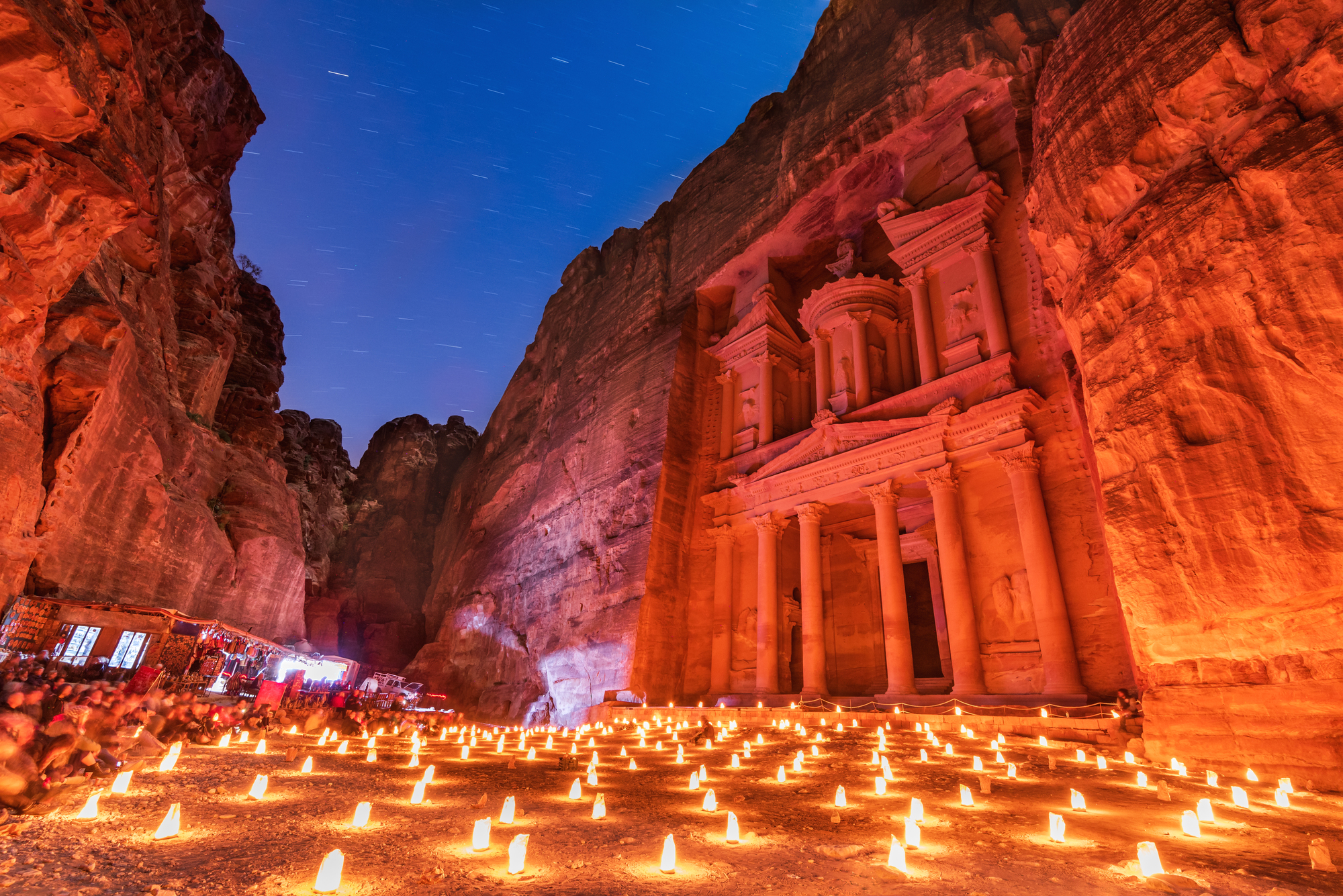
Major cities throughout the region operate with different dress expectations than smaller towns or villages – a fact that catches many tourists off guard when venturing beyond metropolitan areas. The outfit is perfectly appropriate for downtown Amman or Tel Aviv, which might draw uncomfortable stares just an hour’s drive into rural communities. This urban-rural divide exists across every Middle Eastern country.
However, with varying intensity – creating a confusing patchwork of expectations that change as you travel even short distances between different communities.
Private Spaces Have Different Rules
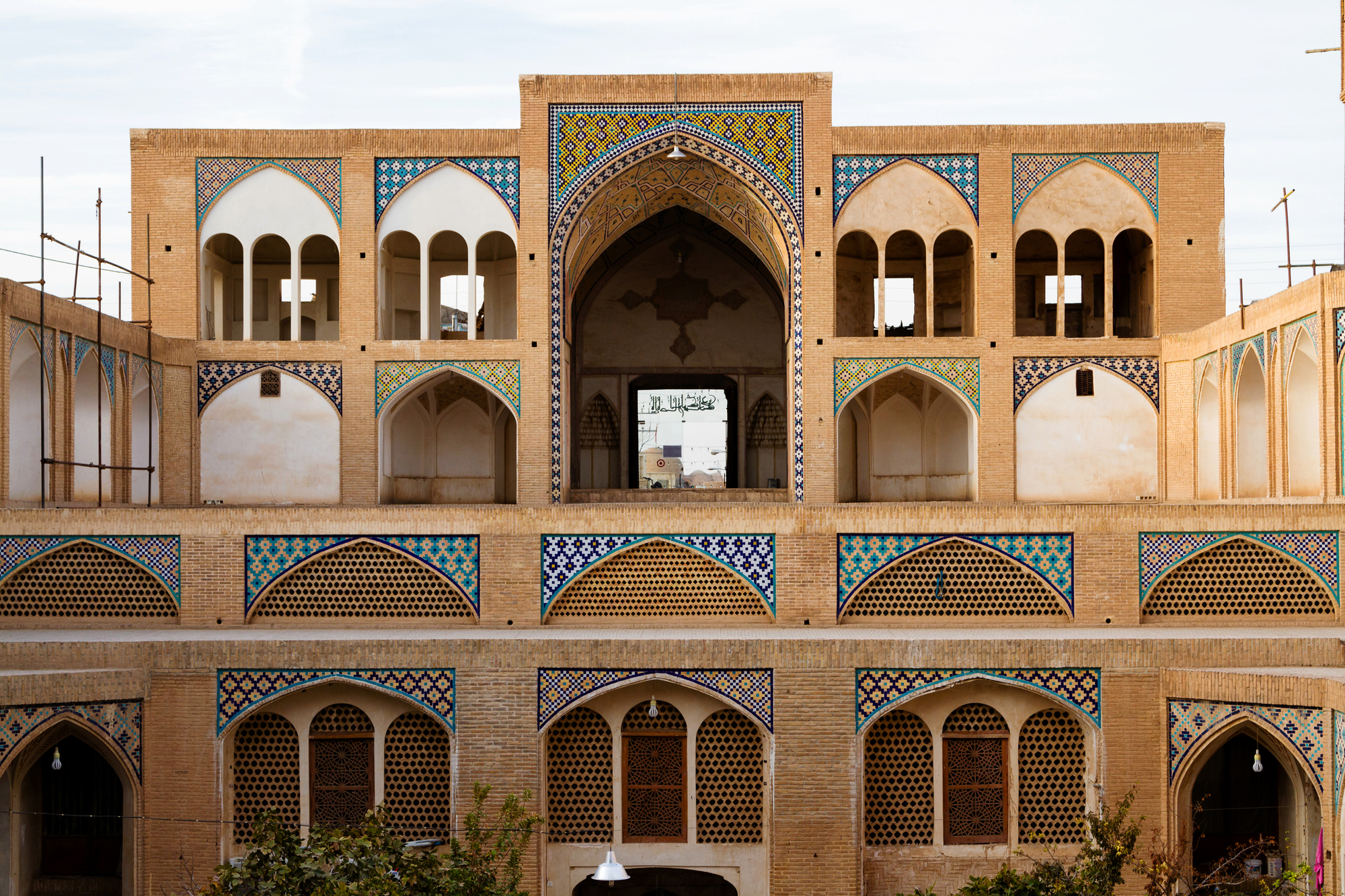
Many tourists don’t realize that dress standards often relax dramatically in certain private spaces – resort hotels, expatriate compounds, and specific beaches designated for international visitors. These environments typically operate under different social contracts than public streets. You might comfortably wear a bikini at your resort’s private beach – yet that same outfit would cause genuine distress walking through local neighborhoods.
Smart travelers plan transitions between these different zones carefully, sometimes bringing cover-ups or changing before entering more conservative public areas.
Men Face Restrictions Too
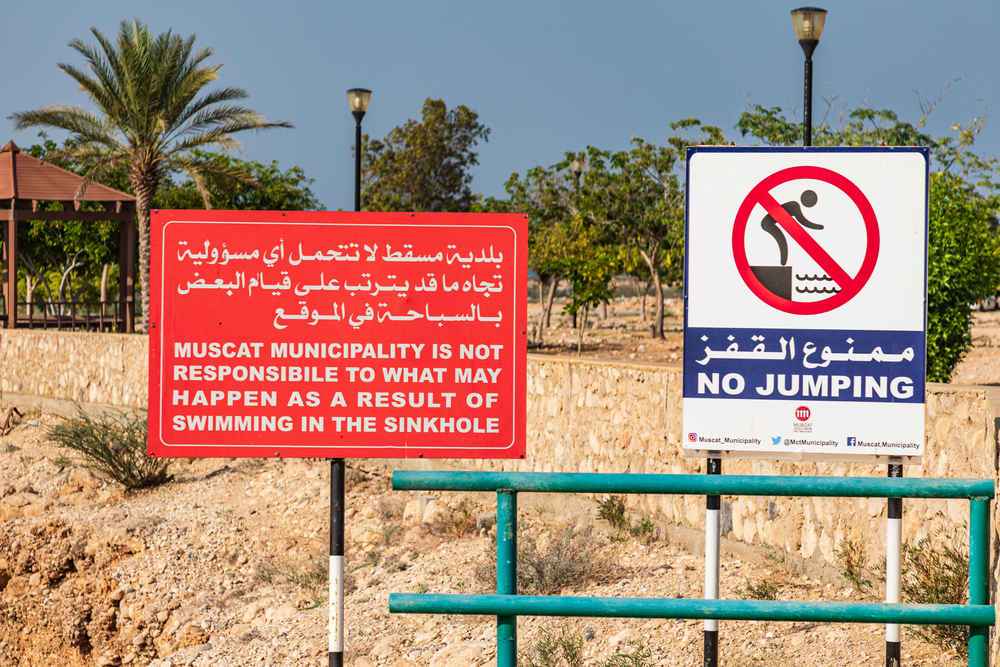
The Western media obsesses over female dress codes while rarely mentioning that men also encounter significant – if somewhat less stringent – expectations about appropriate attire. Shorts ending above the knee often appear inappropriate for men in conservative areas. Sleeveless shirts might attract negative attention in certain contexts as well.
Male travelers should particularly research local expectations regarding beachwear – as acceptable coverage varies tremendously between different Middle Eastern countries and even between different beach areas within the same country.
Like Travel Pug’s content? Follow us on MSN.
Local Context Determines Enforcement

Enforcement of dress standards varies wildly – not just between countries but even within different neighborhoods of the same city. Tourist zones generally offer more flexibility than residential areas or government districts.
Some countries maintain actual modesty police who actively enforce regulations – while others rely entirely on social pressure without formal penalties. Knowing who enforces dress codes in your specific destination – religious authorities, government officials, or simply social custom – helps make appropriate choices that respect local sensibilities without unnecessary restrictions.
Formal vs. Casual Settings

Business and formal settings throughout the region demand noticeably more conservative dress than casual environments – creating another layer of complexity for travelers attending professional meetings. Men should generally wear long pants and sleeved shirts for business, while women typically need clothing covering shoulders, upper arms, and knees at a minimum.
The formal-casual distinction exists globally but carries heightened importance across the Middle East, where respect and formality often intertwine deeply with concepts of modesty and appropriate presentation.
Jewelry and Accessories Matter

Most packing advice focuses exclusively on clothing coverage while overlooking how accessories and jewelry require equally thoughtful consideration. Flashy, expensive-looking jewelry sometimes creates safety concerns in crowded areas.
Religious symbols from other faiths occasionally trigger awkward interactions in conservative regions. Even wedding rings carry different cultural meanings – with married women in some communities expected to wear more obvious matrimonial jewelry than typical Western customs. These subtle accessory considerations rarely appear in travel guides despite their importance in daily interactions.
Like Travel Pug’s content? Follow us on MSN.
Appropriate Swimwear Varies Dramatically

Beach attire creates the most bewildering confusion for Western tourists. Acceptable swimwear ranges from standard Western styles at private international hotel beaches to full-coverage options required at public shorelines – with countless variations between.
Some countries maintain gender-segregated beaches with entirely different requirements for each, while others create specific tourist zones with more relaxed standards. Never assume your home country’s beach norms apply anywhere in the Middle East. Research your specific beach destination or risk genuinely uncomfortable situations for everyone involved.
Synthetic Materials Create Practical Problems

Beyond modesty considerations, the Middle Eastern climate demands serious attention to fabric choices. Tight synthetic clothes quickly become unbearable torture chambers in 100+ degree heat, while loose natural fabrics allow crucial air circulation.
Traditional local garments evolved for a good reason—– they work brilliantly in challenging desert conditions. Cotton, linen, and other breathable natural fibers make far better choices than polyester or nylon, regardless of style. This practical consideration affects comfort as much as cultural appropriateness in many situations.
Color Choices Carry Meaning

Certain colors sometimes carry unexpected cultural or religious significance that is worth understanding before selecting your travel wardrobe. Bright colors and bold patterns might attract unwanted attention in conservative areas where subdued tones predominate.
Specific colors occasionally hold religious or political associations in certain countries that visitors wouldn’t recognize without research. These color considerations rarely create serious problems but contribute to overall cultural awareness that demonstrates respect for local traditions and sensibilities.
Like Travel Pug’s content? Follow us on MSN.
Local Brands Offer Appropriate Options
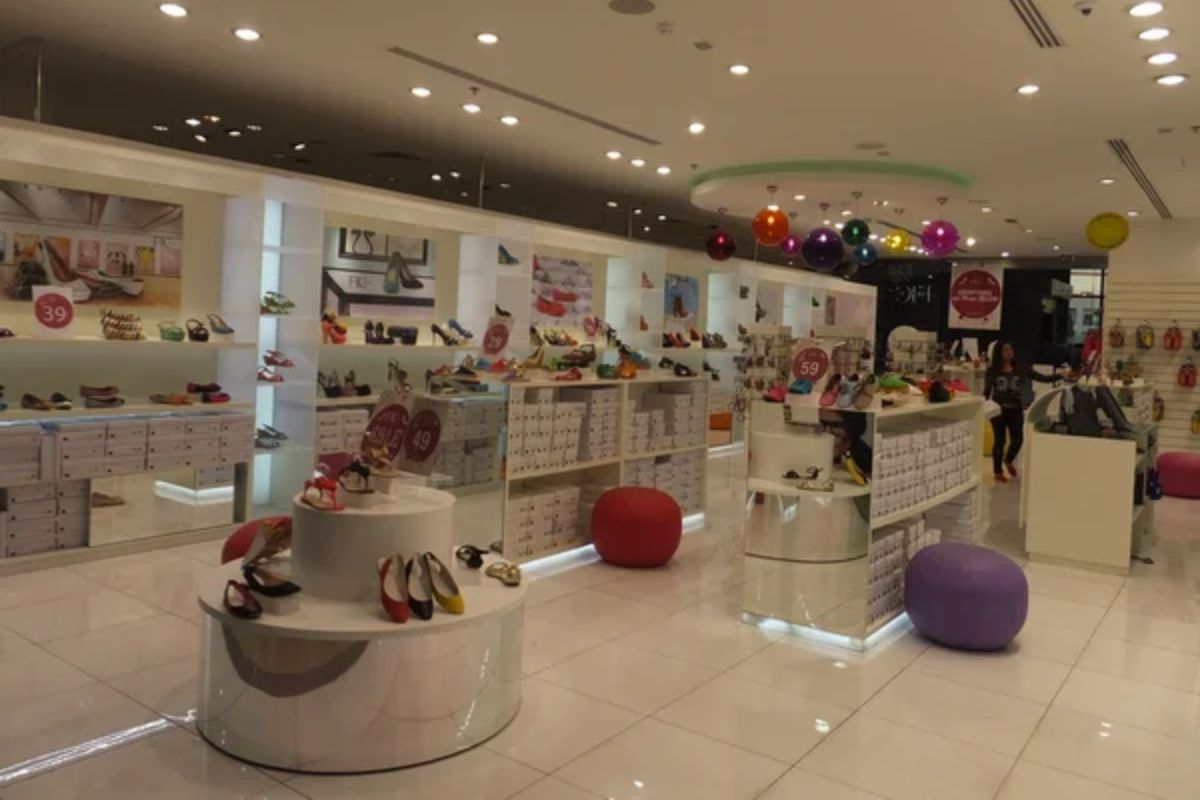
Savvy travelers often solve packing dilemmas by shopping after arrival, where local brands offer styles specifically designed for regional climate and cultural contexts. Major cities throughout the Middle East feature modern shopping malls with both international and regional retailers carrying perfectly appropriate options.
This approach allows adjustment based on actual observations of local norms rather than relying solely on pre-trip research. Plus, locally purchased items often make unique souvenirs that bring practical value beyond the trip itself.
Head Coverings Have Complex Rules

Requirements regarding head coverings vary tremendously across different Middle Eastern countries and contexts. While countries like Iran legally mandate hair covering for all women, including foreign visitors, others like Jordan or Lebanon generally expect it only inside religious buildings or certain conservative areas.
Many tourists either needlessly overcover where unnecessary or inadvertently undercover where required. Specific country research before traveling prevents both awkward extremes.
Context-Switching Creates Challenges
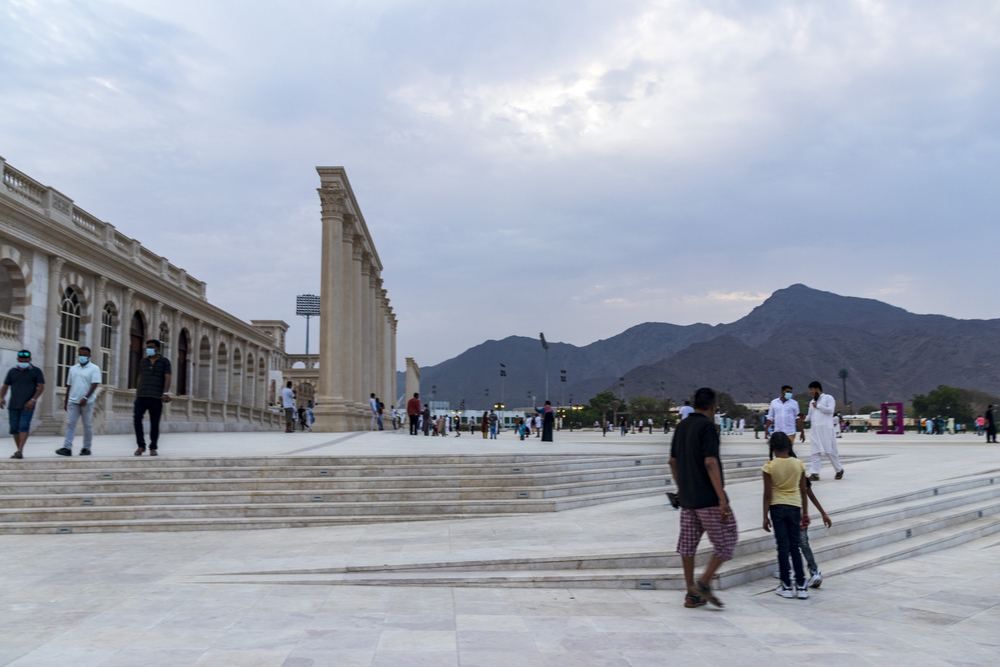
Many travelers underestimate how often they’ll need to transition between dramatically different dress code environments – from conservative religious sites to private hotel pools or international business meetings. This context-switching requires thoughtful wardrobe planning with layering options and accessories that allow quick adaptation without complete outfit changes.
Lightweight scarves, cardigans, and slip-on overshirts become invaluable for managing these transitions while maintaining appropriate coverage where needed throughout changing daily activities.
Like Travel Pug’s content? Follow us on MSN.
Social Consequences Vary By Country

Potential consequences for dress code violations range from mild disapproving glances to actual legal penalties depending on location and context. Saudi Arabia and Iran maintain more formalized enforcement mechanisms, including possible police intervention, while countries like Morocco or Jordan rely primarily on social feedback when visitors dress inappropriately.
Understanding these varying consequences helps travelers prioritize adherence in locations where violations carry serious repercussions beyond mere uncomfortable stares.
Special Events Have Unique Requirements
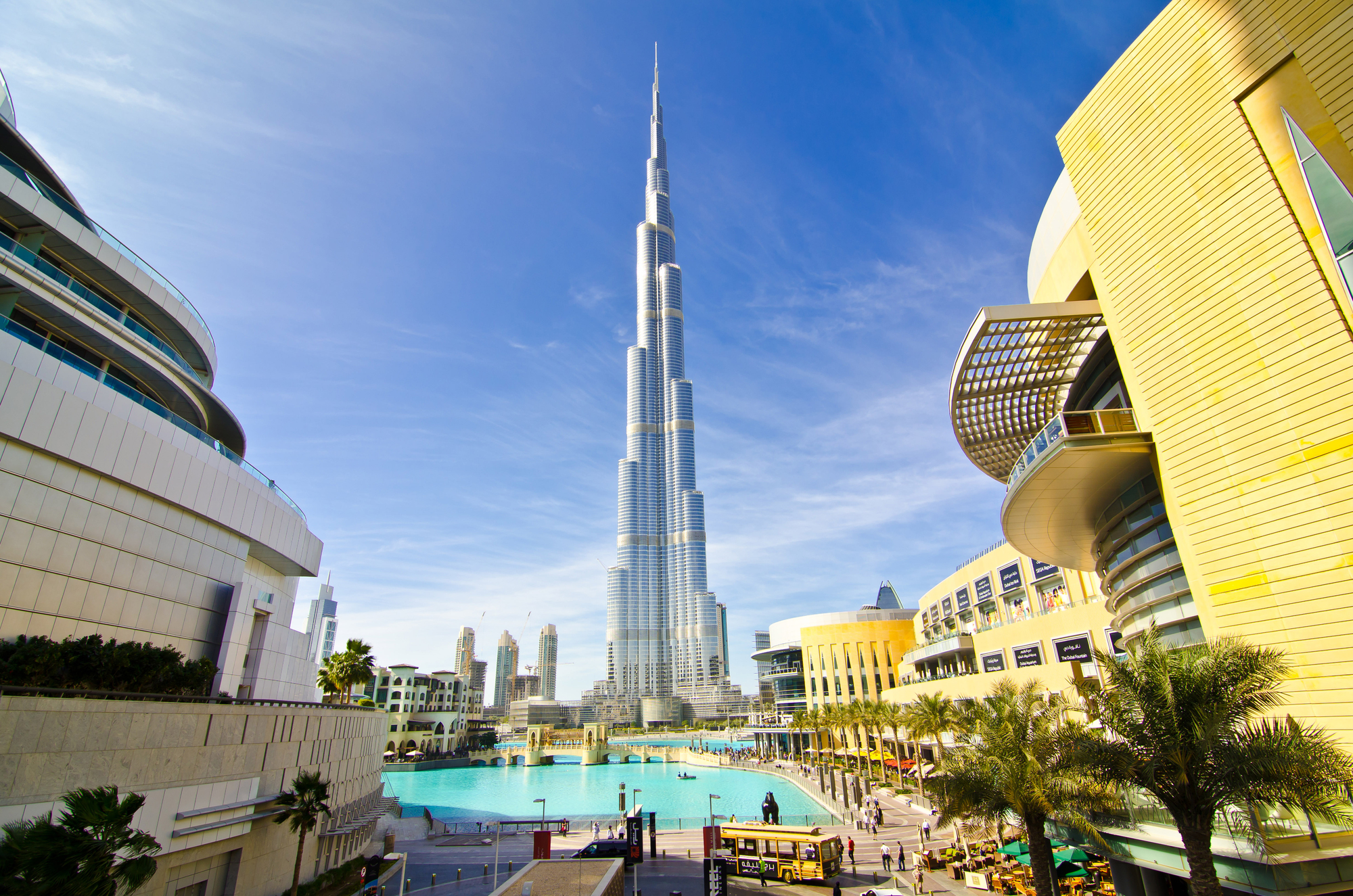
Weddings, funerals, religious holidays, and other special events often involve completely distinct dress expectations beyond everyday requirements. These might include specific color preferences or elevated formality levels not applicable in typical tourist situations.
Receiving an invitation to such events requires particular research into appropriate attire, ideally through direct questions to local hosts rather than assumptions. These special occasions provide unique cultural insights but demand enhanced attention to details that might seem trivial in ordinary contexts.
Shoes Deserve Special Attention
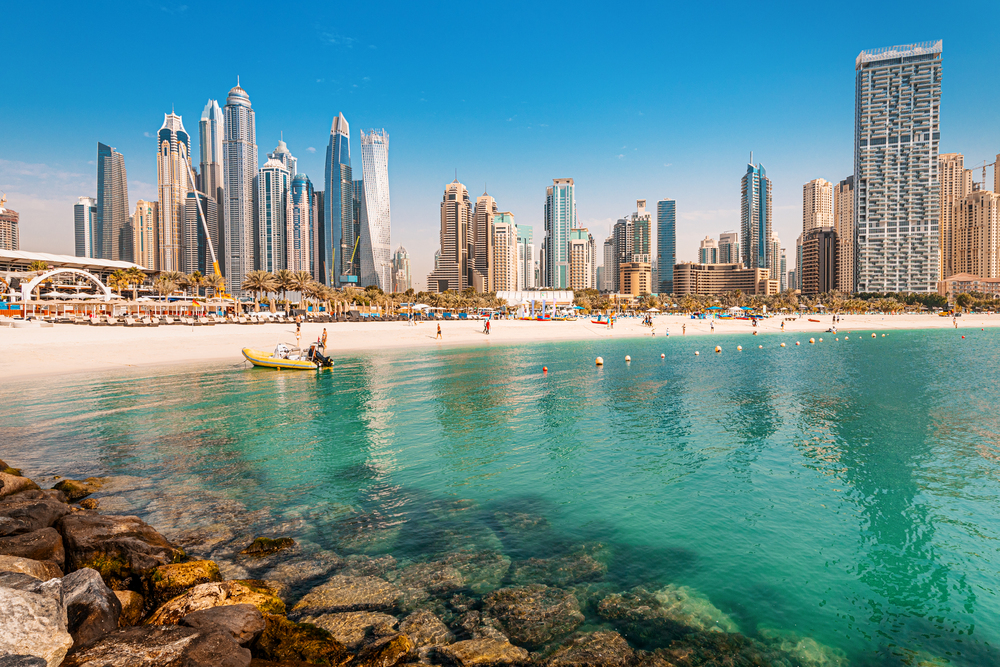
Footwear considerations extend far beyond style in Middle Eastern contexts. The need to frequently remove shoes in homes, mosques, and certain businesses creates practical challenges for tourists. Easily removable shoes with good walking support simplify these transitions. Closed-toe options often show more respect in conservative areas than open sandals, particularly for men in formal settings.
Clean socks become surprisingly important when frequent shoe removal exposes them to public view throughout the day – a detail many travelers overlook until embarrassing holes become visible.
Like Travel Pug’s content? Follow us on MSN.
Children Have More Flexibility

Young children typically enjoy significantly more leeway regarding dress codes than adults, with most Middle Eastern cultures allowing greater flexibility for kids around coverage and formality. However, this relaxed standard shifts with age, as expectations generally increase as children approach puberty, particularly for girls.
Family travelers should research age-appropriate guidelines for their specific destinations rather than applying adult standards across all age groups or assuming complete exemptions for children of any age.
Expat Areas Create Confusion
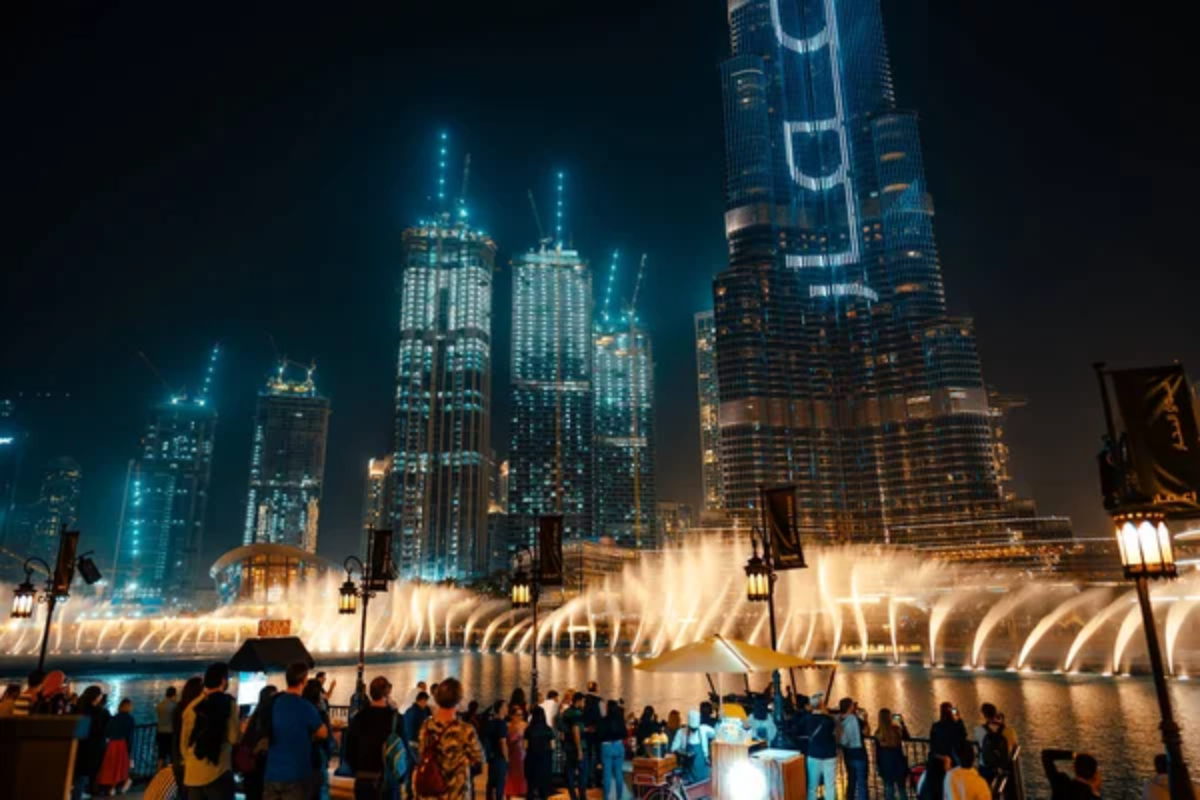
Neighborhoods with large expatriate populations often develop their hybrid dress codes that match neither traditional local expectations nor typical Western norms. These communities frequently establish unwritten rules balancing respect for local culture with expatriate preferences.
Such nuanced standards rarely appear in any official guidance or travel literature. Observing current practices upon arrival often provides more valuable information than rigid pre-trip research based on general country information that might not reflect these microcultures.
Photography Impacts Dress Decisions

Camera-wielding tourists rarely consider how clothing choices affect their photography opportunities, particularly at significant cultural and historical sites where inappropriate attire might restrict access or create uncomfortable situations. Dressing appropriately ensures maximum access while demonstrating respect for local sensitivities about having inappropriately dressed images captured at religiously or culturally significant locations.
This consideration matters especially at major bucket-list destinations where photography represents a primary visitor motivation.
Like Travel Pug’s content? Follow us on MSN.
Beyond Clothing Choices

Even good dressing cannot compensate for thoughtless attitudes or behavior. Conversely, on occasion, poor dressing choices can be excused when combined with a truly respectful attitude and cultural interest. Respectful dressing is only one aspect of general cultural respect, which also includes behavior, speech, and social awareness.
This balanced strategy helps visitors navigate cross-cultural contact beyond the selection of garb, creating deeper experiences throughout this incredibly diverse region, where hospitality to thoughtful visitors is a well-established tradition amid an infinite number of cultural variations.
More from Travel Pug

- Cities Growing so Fast You Won’t Recognize Them in 10 Years
- 13 Destinations Where Tourists Regularly Regret Their Trip
- 16 U.S. Cities That Are Quietly Becoming Travel Hotspots
- Where to Travel If You Love Long Bus Rides and Daydreams
- 20 Cities Perfect for Solo Travelers Who Crave Adventure & Culture
Like Travel Pug’s content? Follow us on MSN.
